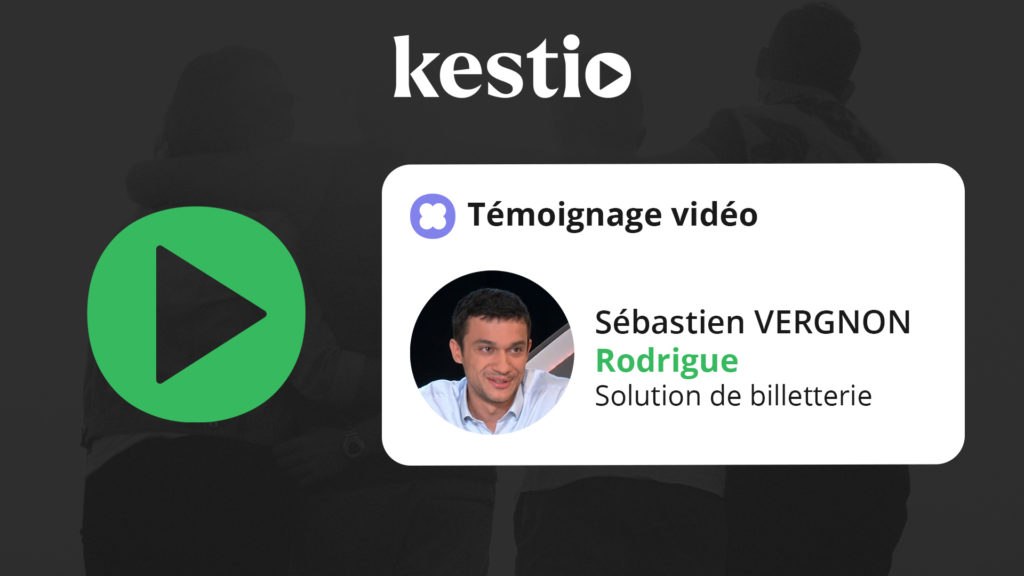Ils sont nés dans un monde digital, réfléchissent différemment, sont naturellement connectés, mélangent les genres, peuvent finir tôt un jour et travailler tard un week end, … il y en a même qui bossent en tongues !
Cette génération, qui aura le pouvoir dans une quinzaine d’année et a fait son entrée dans les entreprises au milieu des années 2000, peut-elle être managée comme les précédentes ? Et sinon comment s’y prendre ? Comment l’entreprise peut-elle évoluer ? Y-a-t-il une opportunité à saisir ?
Les premiers nés dans un monde digital
Les Millénials constituent la première génération née dans le monde des nouvelles technologies, de la connaissance accessible et gratuite. Nés entre 1980 et 2000, ils ont une aisance intuitive de l’usage des outils dont ils n’ont même pas conscience tellement ils baignent dans leur environnement naturel. Manager les Millenials…est-ce si différent ? Quelles sont leurs attentes, leurs codes ?
Pour cette génération, le référentiel temps est l’instant. L’espace-temps est court, immédiat, et donc à l’opposé du temps du monde professionnel qui évolue dans un temps long et répétitif. Et c’est encore plus vrai pour les fonctions commerciales qui réclament souvent des tâches ingrates (installer une relation, construire un portefeuille, segmenter un marché…). Pour un Millénials, l’immédiateté est naturelle : « Je poste une photo, j’ai des likes trois heures plus tard »,« je rencontre des personnes lors d’une soirée, j’ai de nouveaux amis Facebook ou LinkedIn le lendemain ».
Dans ce contexte, faire entrer cette génération dans les codes de l’entreprises demande une attention particulière et les managers devront adapter leurs méthodes.
Comment manager les Millenials ?
Nous avons identifié quatre pistes pour faciliter l’épanouissement et la performance des Millénials dans les fonctions commerciales:
1 : donner du sens à leur travail.
Cette génération a besoin de sens. Il leur faut évoluer dans des entreprises dont ils comprennent le rôle et l’impact en tant qu’actrices et parties prenantes de l’écosystème citoyen. Contrairement aux générations précédentes, ils travaillent plus par désir que par nécessité, il faut donc expliciter les objectifs et les valeurs de l’entreprise pour les attirer et les retenir… Les managers doivent décrire la cathédrale construite tous ensemble plutôt que le mur confié à chacun.
2 : installer une situation ascendante d’apprentissage.
Les postures de « sachant », la vérité descendante, voilà de quoi créer des situations de blocage. Habitués à naviguer, ils savent apprendre seuls, aller chercher la connaissance. « Vous avez 4 heures pour apprendre tel sujet avec les moyens que vous voulez » sera plus efficace qu’une information descendante. Dans les modules de formation se développent d’ailleurs les apprentissages inversés : ils cherchent, puis on valide et on répond à leurs questions. Ils ont intégré que leur formation durerait toute leur vie. Cette génération va mettre fin à la séquence apprentissage/travail/loisir-retraite et va préférer faire tout en même temps dans un espace-temps perméable. Cette approche poussera les entreprises restées dans des logiques séquentielles à modifier leurs façons de faire. La formation par exemple gagnera à être diffusée en petites touches concrètes dans le temps plutôt qu’organisée autour de gros blocs rigides de plusieurs jours.
3 : les mettre dans leur zone de confort
La fonction commerciale comprend de nombreuses séquences de travail relativement ingrates comme par exemple la prospection téléphonique : ces passages obligés sont très compliqués pour eux. Une solution consiste à les maintenir dans une zone de confort : découper les tâches, associer une réflexion marketing, créer un enjeu collectif pour mobiliser leur énergie. L’idée consiste à diluer les parties pénibles dans un contexte plus gérable pour eux en valorisant le volet apprentissage et la dimension collective. Par exemple le volume d’appels sortants peut être partagé dans l’équipe et l’objectif devenir commun.
4 : favoriser un environnement de travail collaboratif
Le métier de commercial est plutôt individualiste. Pour une génération qui pense communauté et agit en mode collectif, la dimension individuelle ne prend pas. Le manager doit donc s’appliquer à développer des logiques collaboratives, des objectifs communs, imaginer des équipes. Ceci implique de prévoir des actions qui se conduisent en groupe et des indicateurs qui privilégient l’effort collectif. La construction du portefeuille par exemple peut leur être confiée. Il l’accepteront plus facilement s’ils la co-construisent (« bottom up ») que si elle leur est imposée par la hiérarchie (« bottom down »). Les formations aujourd’hui des profils 25-35 ans sont en pédagogie inversée . On mesure l’implication améliorée des participants.
D’une manière générale il ne faut pas perdre de vue qu’il s’agit là d’une évolution du management, de même qu’on ne manageait pas de la même manière en 1950 et en 1990 ! La logique « top down », très verticale, n’est plus vraiment efficace et le sera de moins en moins. Si les rituels de management restent parce que l’activité doit être pilotée (entretiens, bilan, plans d’actions…), leur forme doit s’adapter et évoluer vers une posture et une démarche de coaching, plus horizontale. Le manager doit donc aussi être ouvert aux propositions. Les Millénials savent que leur monde change et qu’ils sont en perpétuel apprentissage : ils sont donc ouverts au dialogue et au partage de connaissances.
L’entreprise doit faire comme avec le reste de ses collaborateurs : les intégrer et les former, mais surtout les considérer pour leurs qualités et ce qu’ils peuvent apporter à l’entreprise. C’est une chance à saisir pour évoluer et devenir plus performant.
Alors les Millénials sont probablement une chance pour les entreprises qui sauront apprendre d’eux.
Time is a valuable resource, and your sales representatives are short on it. In this webinar, KESTIO explains how to save them 50% of their time:
You can also consult our innovative approaches to support leaders and managers in this change:



